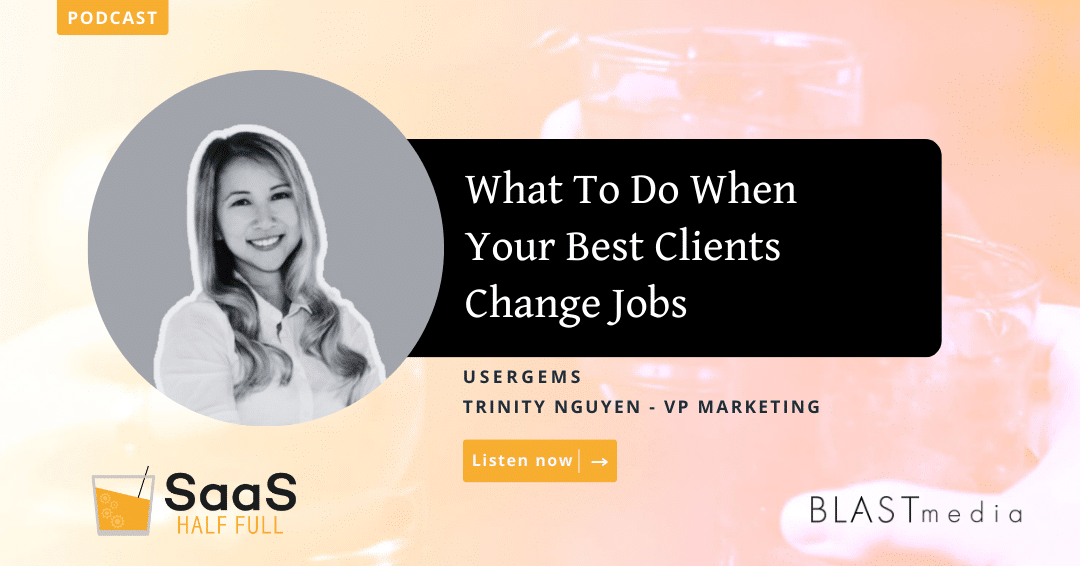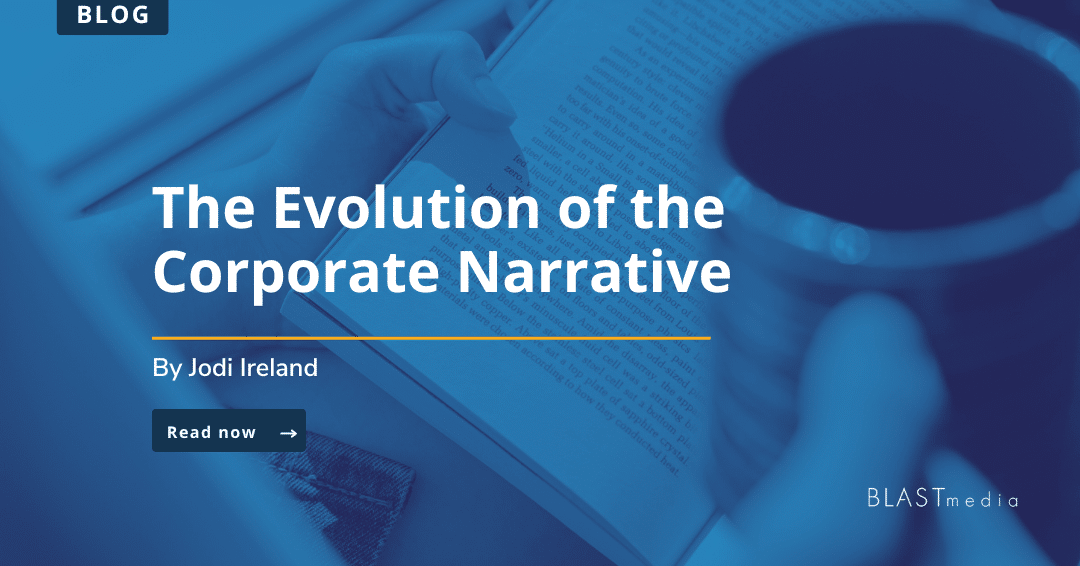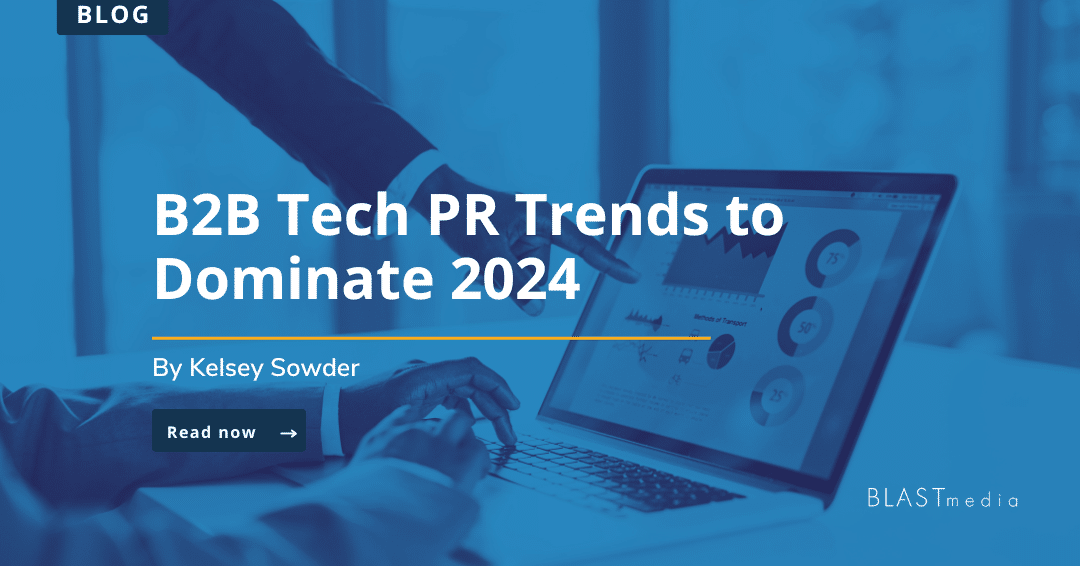Becoming a go-to source for journalists, instead of a source of annoyance, is the ultimate goal for SaaS PR professionals and their clients. A reporter reaching out proactively because you’re the expert and have provided them with valuable information in the past is a sign you’ve made it. So, how do SaaS brands reach this PR pinnacle? Many ways, including commenting on topics important to a journalist instead of just the company messaging, being candid and available, and the subject we’ll dive into today: original research for SaaS PR campaigns.
Proprietary data, defined as any set of statistics controlled solely by a company, allows brands to become the research-backed authorities on a given topic. While data as a PR tool can sound like a huge lift, requiring a data scientist and pivot tables, original research comes in many forms — and doesn’t always require a master’s degree.
We frequently work with our clients to find the best avenue for creating proprietary data. Below are three ways to do this, including examples of times we helped clients earn media coverage for their data.
Survey Data
Surveys are one of the most common ways our clients collect data. By either using their own email list and software like SurveyMonkey, working with a research partner like InAct or an analyst firm like Forrester, SaaS brands can create research reports with insights no one has seen before and that support or refute market assumptions.
We’d recommend professional surveys for SaaS PR campaigns, as they do not require an on-staff data analyst. A partner can help craft questions that yield statistically sound results, have access to respondent panels for filling in the contact gaps in owned email lists and create reports with key learnings, making the findings digestible. Our PR teams can use those findings for months, pitching the report first as news, then using individual data points in contributed content.
For example, our client SlickText did a survey on consumer behavior during the pandemic, and we earned trade coverage like FSR Magazine and Modern Restaurant Management, reaching their target audience of hospitality leaders. Also, our client Moz does an annual survey-based State of Local SEO report, an asset we use to earn coverage on an ongoing basis.
Anonymized Platform Data
Most software companies are sitting on a wealth of data, waiting to be mined! Trends across the customer base can be a great way to create compelling, data-backed storylines and simultaneously show off what the platform can do. Take this example from last March from our client Chorus.ai. The company connects to software like Zoom, records and analyzes sales calls, so during the pandemic, the company’s AI picked up fascinating insights around what calls looked like, such as:
- 50% of COVID mentions occurred in the first 10 minutes of a business conversation
- Over the past four weeks, COVID mentions on calls have increased 2.5X
- While the number of business conversations held steady over the past two weeks across the board, infrastructure companies saw a 9% increase and security saw a 14% increase in productivity, while HR tech and recruiting saw a 33% decrease
- Markets hit hardest by the virus are rebounding, including NYC which saw a 13% decrease in productivity and is back up 11% WoW. Chicago is increasing 12% WoW (from its 20% decrease), and SF is increasing 8% WoW (from its 5% decrease)
By using data as a PR tool, the BLASTmedia team earned coverage like this feature from Insider.
The two most common objections from our clients on proprietary data are 1) “But Kim, we can’t share our customer data – they’ll flip!” But, by anonymizing the data and only sharing trends, that shouldn’t be an issue. 2) “But Kim, we don’t have anyone to analyze this data!” This one is tougher. There is likely someone on your team who knows the product well and is a data nerd that would be willing to help, if you only ask.
Aggregated Data
If a SaaS company doesn’t have the budget for a professional survey or the data chops to mine their platform, another option remains: publicly available data. This option doesn’t require much budget, but it’s all elbow grease. This involves combing publicly available sources like SEC filings or backend code of websites to create reports with original findings.
We’ve had a few clients do this, including identity-based, anti-phishing company Valimail. The company put together a report, “2020 Election Infrastructure Remains Vulnerable to Email Hacking,” based on the company’s analysis of hundreds of domains related to state and local governments, campaigns, PACs and election system manufacturers. With a timely hook of the 2020 election and data journalists hadn’t seen, our PR team earned coverage in trade outlets like Tech Toolbox and national news like NPR.
If you’re looking for a partner to help you ideate original research and amplify it with earned media, we’re it. Drop us a note to learn more about our B2B SaaS PR services.




